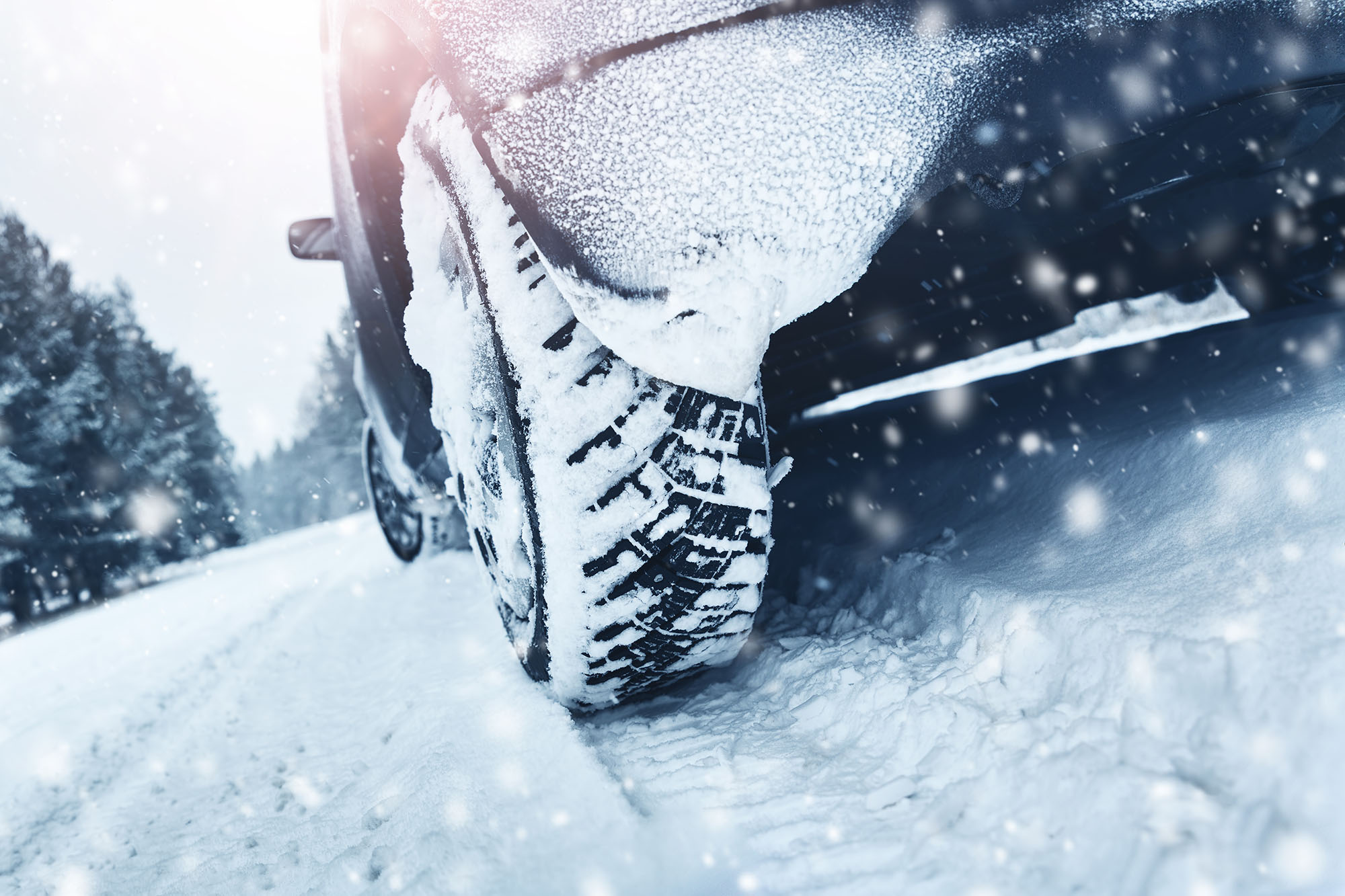Tips for Driving a Rear-Wheel-Drive Car in the Snow
Safely navigate the slippery stuff even when your back wheels are in charge.
 Shutterstock
Shutterstock
QuickTakes:
Rear-wheel-drive cars are often seen as challenging to drive once the snow starts to fall and traction is at a premium. If you understand the concepts surrounding weight transfer, acceleration, and braking, however, you can slap a good set of tires onto a rear-wheel-drive car and smoothly ride out the winter.
Weight Transfer Is Key
Physics dictates how a car's weight is transferred to its tires while you drive. When you accelerate, the rear tires take the brunt of the weight transfer, while braking shifts that weight to the front.
Knowing how to manage that weight transfer is important, especially on a slippery road. Accelerating too quickly can push too much weight to the rear axle, which can cause it to slide sideways and make it difficult to steer. Braking too abruptly can push all of that weight to the front, which lightens the rear and increases the chances the back of the car will swing around.
Safely Stopping a Slide
One important thing to remember when driving in challenging conditions is to keep your eyes focused where you want to go. Because if you're looking at an obstacle, the principles of target fixation mean you're likely to hit it. So look toward the center of the road ahead.
A common problem in a rear-wheel-drive car in the snow is called fishtailing or oversteer. These terms refer to the rear of the car stepping out sideways into a skid. Should this happen, it's important not to abruptly lift off the throttle, which will send weight to the front of the car and further reduce the traction available to the back tires. Instead, maintain steady pressure on the accelerator while turning the steering wheel in the same direction the rear end is moving and correct the course once the skid has ended while gently easing off the gas.
If you encounter understeer in a rear-wheel drive car on a slippery road — your car keeps moving straight even though you're trying to turn — now's the time to slightly reduce the throttle. Lowering your speed while maintaining your steering wheel angle should put a little more weight on the front tires and help them find more traction.
In the case of both understeer and oversteer, it's important to avoid upsetting the balance of the car even further by way of dramatic weight transfer. Stomping on the brakes or accelerator will only make a skid worse.
Avoid Wheelspin by Using Gentle Throttle Inputs
When driving in snow, avoid overloading the back tires with aggressive acceleration. This is easy to do in a rear-wheel-drive vehicle as there's typically less mass sitting over the back axle.
In a low-traction situation, mashing the gas is a good way to spin the rear tires rather than achieve forward motion. From a stop, this can cause a vehicle to slide sideways or make it impossible to gain forward momentum, causing your car to get stuck in the snow. If you're too enthusiastic with the throttle while already underway, this sudden traction loss can instigate a serious skid.
Try to get a feel for how much throttle you can apply before the rear wheels start to spin and then drive within those parameters on snowy roads. Generally, gradual pedal pressure will help keep you from getting stuck in a snowbank or upsetting a car's balance when there's not much traction to go around.



